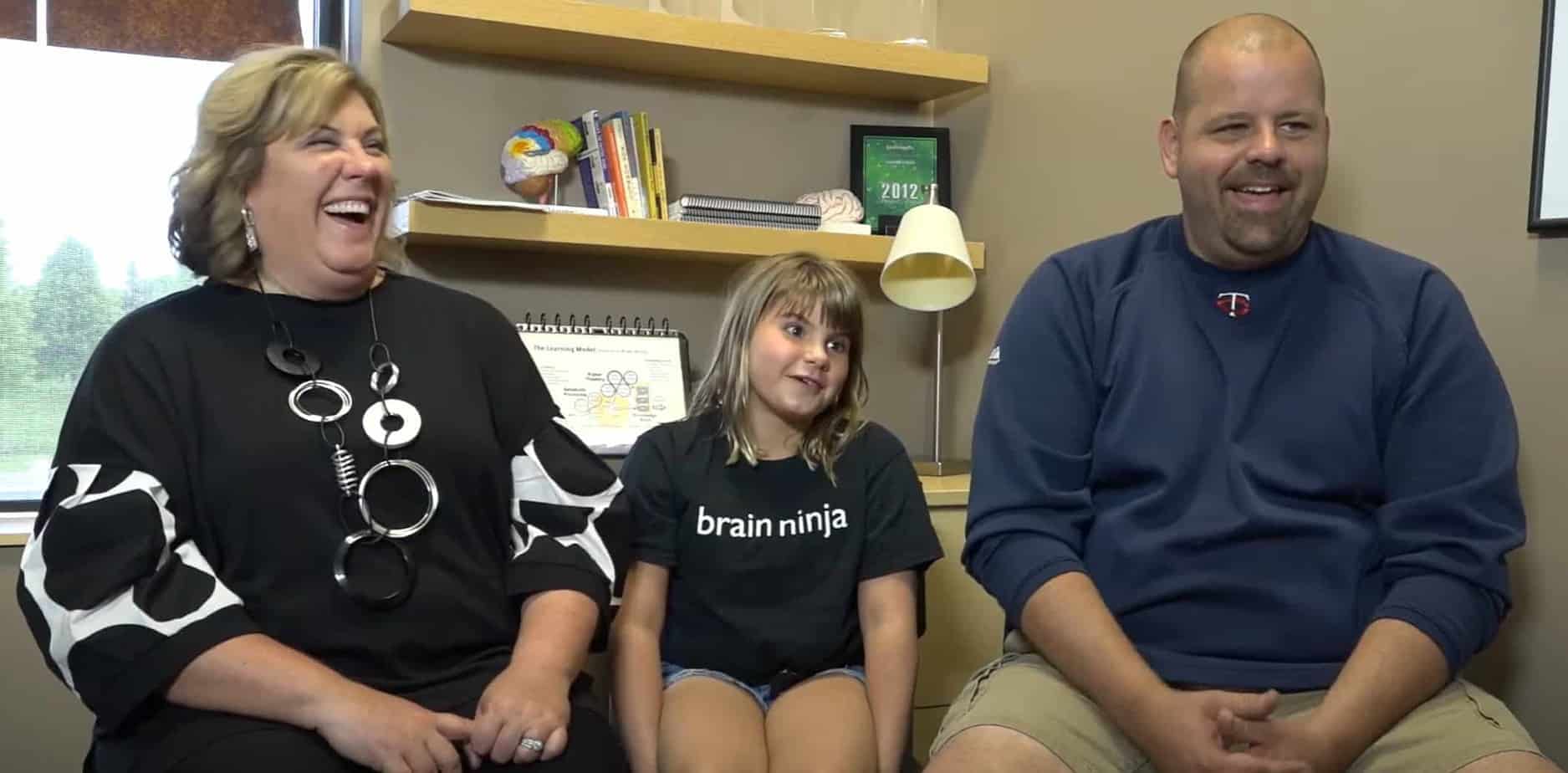The Role of Grit in Learning and Success
In her book Grit: The Power and Passion of Perseverance, Angela Duckworth defines grit as “passion and perseverance for long-term goals.” Using examples, she lays out the argument that it’s tenacity—not IQ, talent, or luck—that weighs the most heavily in determining a person’s success.
For parents looking to help their student succeed in academics, athletics, or the arts, it’s worth noting that developing a passion for goals must come from internal motivation, not parental expectations or demands.
Translation? Let your child or teen discover where their passions lie to uncover their own drivers of success. It’s this personal goal-setting and determination that will help them stay the course in the face of challenges, creating a sense of resilience that they can bounce back from after a setback.
How Grit Contributes to Learning and Success
There are several ways that grit can play a role in one’s ability to acquire knowledge, skills, and understanding to achieve success, including:
- Intrinsic motivation. Because people with grit pursue goals for personal satisfaction rather than external rewards, they often stay better engaged with tasks and experience enjoyment from the process of learning new things.
- Sustained effort. A long-term commitment to goals requires consistent effort to achieve mastery, whether it’s playing the violin, getting a degree, or excelling in soccer.
- Overcoming obstacles. By viewing challenges as opportunities for growth rather than roadblocks, gritty people are more likely to persevere through difficulties.
- Unwavering resilience. Viewing setbacks as temporary learning experiences rather than failures allows tenacious people to rebound from setbacks to continue their pursuits.
- Growth mindset. An understanding that most abilities can be developed through effort and dedication allows for calculated risks that are simply viewed as part of learning and personal growth.
10 Ways to Nurture Grit in Children and Teens
If you’re a parent looking for ways to foster grit in your child or teen, consider these strategies:
- Model a growth mindset by talking openly about your own challenges and demonstrating resilience.
- Praise effort and perseverance over natural talent and “winning.”
- Celebrate small victories by acknowledging progress on the path to goals.
- Foster autonomy by allowing children to make their own choices, find potential solutions to their challenges, and take ownership of their actions.
- Teach your children how to set goals and break them into smaller, actionable steps.
- Encourage self-evaluation to track progress and identify areas in which they can improve.
- Assign age-appropriate responsibilities to build confidence.
- Provide support and encouragement to your child as they pursue their goals.
- Discuss potential setbacks and how your child or teen may prepare for them.
- Be a safe landing spot for your child or teen to help build resilience when things don’t go their way.
6 Activities That Can Foster Grit
Ready to help get your child or teen on the path to developing grit? Consider these seven activities to help them learn, grow, and build self-esteem, purpose, and responsibility.
#1: Get them engaged in volunteering.
Serving others in your community—whether it’s boxing items at a food bank or handing out water at a fundraising 5K—can help kids and young adults develop a sense of responsibility and belonging. Additionally, it can help them determine for themselves which values they seek to embody and align with their goals.
#2: Encourage them to play sports or engage in competitive activities.
Beyond just learning good sportsmanship and how to work as a team, engaging in sports or other competitive activities, such as chess tournaments or marching band competitions, can help kids and teens learn from setbacks and wins.
#3: Challenge them at home with brain teasers, scavenger hunts, and board games.
Mentally challenging activities provide kids with the opportunity to use higher thinking skills, such as planning, critical thinking, creativity, and problem-solving. These tools are crucial to long-term success, regardless of the goal.
#4: Immerse them in long-term projects.
Lengthy creative projects, such as building a remote-controlled car, planning and sewing a quilt, or designing a website, require sustained effort. These tasks require patience and determination, two skills that will serve them well as they begin to set and attempt to reach long-term goals.
#5: Teach meditation, mindfulness, and other calming methods.
Grounding exercises, meditation, and breathing techniques can help your child or teen self-soothe under stress. Likewise mindfulness, which focuses on being present in the moment, can improve resilience and perseverance.
#6: Enroll them in personal brain training.
One-on-one cognitive skills training is designed to boost an individual’s brain skills tailored to their specific needs and challenges. These game-like mental challenges can help build motivation to achieve goals, boost confidence through positive feedback, and develop a growth mindset. Best of all, stronger cognitive skills—including attention, memory, processing speed, logic & reasoning, and visual and auditory processing—can help your child or teen live up to their full potential in school, sports, work, and creative pursuits.
Put these ideas into practice to help your child or teen set goals, designate steps to achieve them, and prepare for challenges. With your unconditional love and support, they’ll develop the grit they need to succeed at whatever they set out to accomplish.







